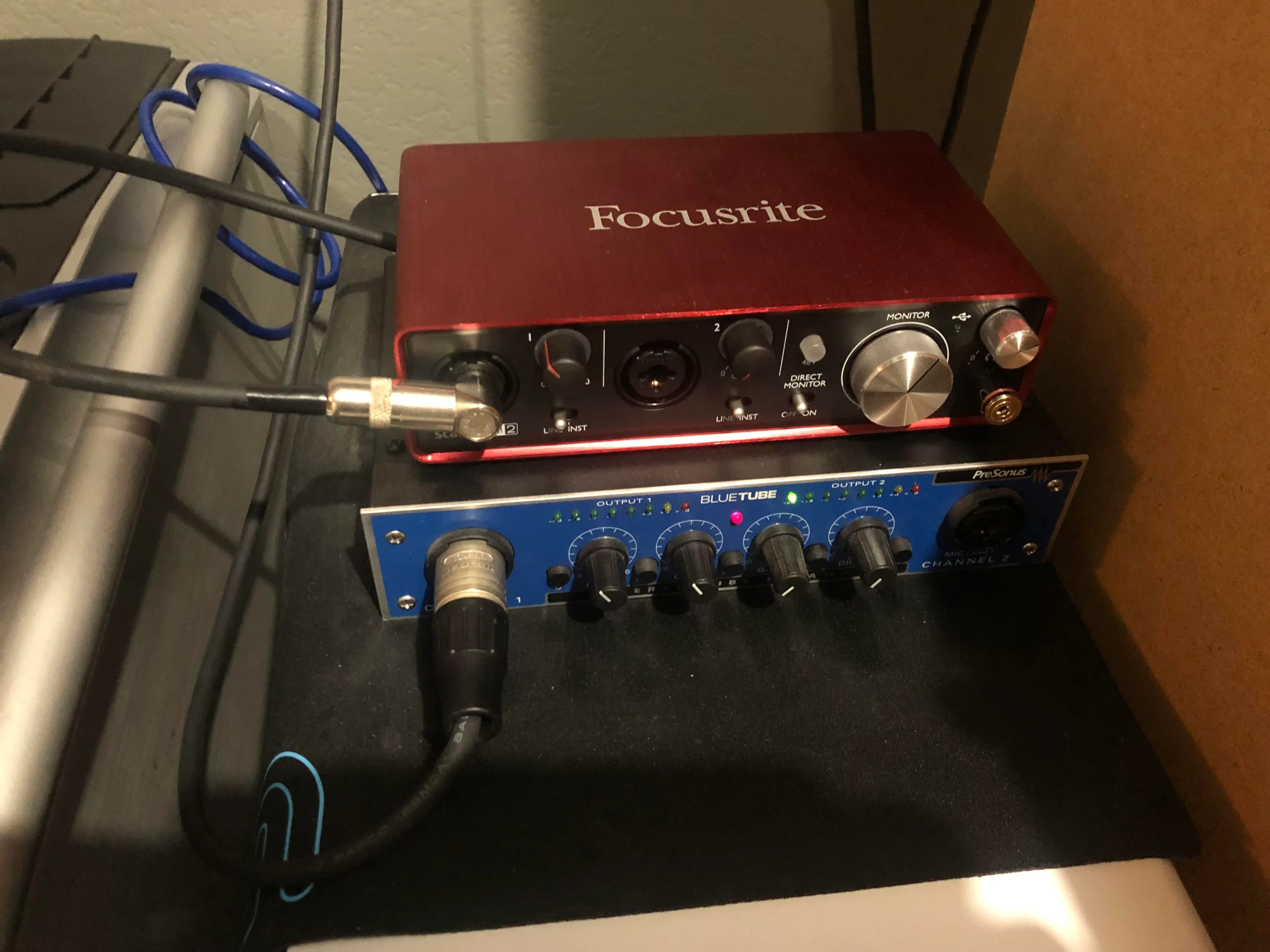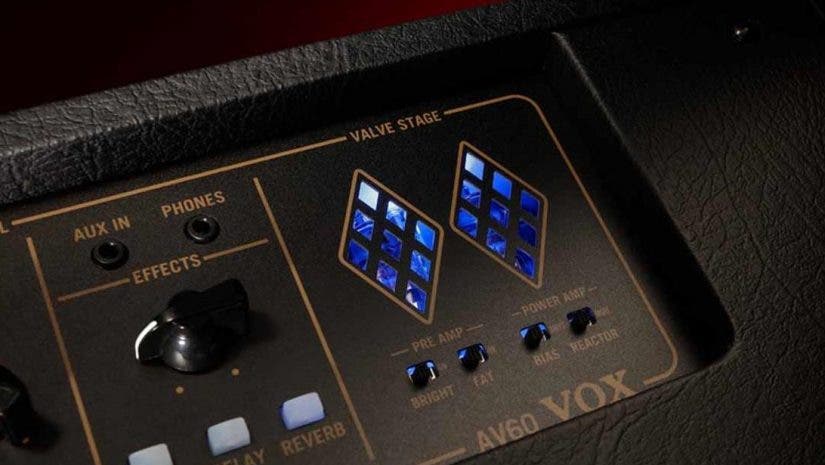Contents
All sorts of equipment exist in the field of audio processing and it’s not uncommon for people to find them confusing. For instance, some struggle to grasp the functions of preamp and audio interface so they cannot figure out the winner in preamp vs. audio interface. In the case that you also have a hard time understanding the role of those pieces of equipment, my article is for you. Down below, you will find all the information that you must keep in mind about preamp and audio interface.
An Overview Of The Equipment
Preamp
In layman’s terms, the purpose of a preamp is to amplify the low-level audio signals of your microphone to a desirable level (known as line level). If the preamp is absent, such signals would not be strong enough to be noise tolerant and end up being too quiet for playback. On occasions, they can even become distorted or noisy. A preamp can either be a dedicated external device or built into a recording device: microphone, audio interface, etc.
Nowadays, audio interfaces nearly always come alongside built-in preamps. As a result, for casual applications, a separate external preamp is not necessary. However, professional musicians usually appreciate the improved audio quality as well as the extra touch of personality that dedicated preamps offer.
For most of the time, the weaker the signal, the more powerful the preamp needs to be. On average, a microphone requires approximately 30 – 60dB of amplification to reach the line level. The moment the preamp picks up a low-level signal, it gives it just the right amount of amplification before outputting it to the playback device. Noteworthily, preamps do not just revolve around microphones alone: many models have been built to support particular instruments like bass guitar, electric guitar, keyboards, drums and so on.
In addition to boosting signals, certain external preamps can also tweak the tone to some degree:
- Sounds and vocals can be enhanced and altered.
- Extra coloration can be added to your recording.
- Added amplification equals more gain. An external preamp offers more amplification than a built-in one.
That is the case in electronic instruments rather than microphones. It is also the primary reason why the average person opts for a dedicated preamp instead of using a standard built-in one.
Audio Interface
For your information, an audio interface is vital to audio processing as it allows the flow of signals to and from a recording device/computer. To be precise, it takes the audio signals from your microphone/instrument/preamp then converts it to a digital signal. The digital signal will then be recorded by your computer where it will be possible to see and hear it as an analog waveform. Modern audio interfaces come in all shapes and sizes: they can be a dedicated piece of equipment, portable recorder, USB microphone, etc.
Needless to say, the diversity of shape and size also means the inputs and outputs will also vary. That brings the added benefit of being able to record separate sound sources at the same time. Here is an example: if you only want to record vocals/guitar, one input is adequate. However, if you want to record something that requires multiple microphones such as drums, you need more than one input.
As mentioned above, most if not all audio interfaces feature built-in preamps. Such preamp usually sports a “gain” knob which permits you to manage the level of the audio signal.
Dedicated Preamp Vs. Standard Audio Interface: Conclusion
Since you need an audio interface for serious audio processing and standard models already have preamps installed, the big question is: Is it worth getting a dedicated preamp?
Altogether, the simple answer is no, and the reasons comprise:
- Most contemporary audio interfaces, especially high-end ones, carry very impressive internal preamps that work well in many settings.
- A dedicated external preamp will cost you a considerable sum. Besides that, if you choose to use that instead of the built-in preamp, part of the money you spent on the audio interface goes to waste.
- While a dedicated preamp should provide fantastic sound, only seasoned musicians can tell the difference.
- There are many other ways to add extra flavor to your recording.
| Dedicated Preamp | Standard Audio Interface | |
| Amplify low-level signals | Can boost signals further than 60dB | Standard value around 30-60dB |
| Coloration | Yes | Unavailable |
| Price | Expensive | Affordable |
| Necessity | Optional | Must-have |

Hi music fan! I am Jeff. Hope that you enjoy some stuff I shared here in my personal blog.
About myself, Currently I am in charging as Artist Manager/Music Supervisor at 72 Music Management. I did managed album to Grammy Award in 2017 with 7 Nominations from 2014-2020 and had the opportunities to work with : A.J. Croce, Blind Boys of Alabama, Bobby Rush, Dom Flemons, Dustbowl Revival, Sarah Grace
Governor of the Memphis Chapter of The Recording Academy is one of a award that I am lucky to achieved.



